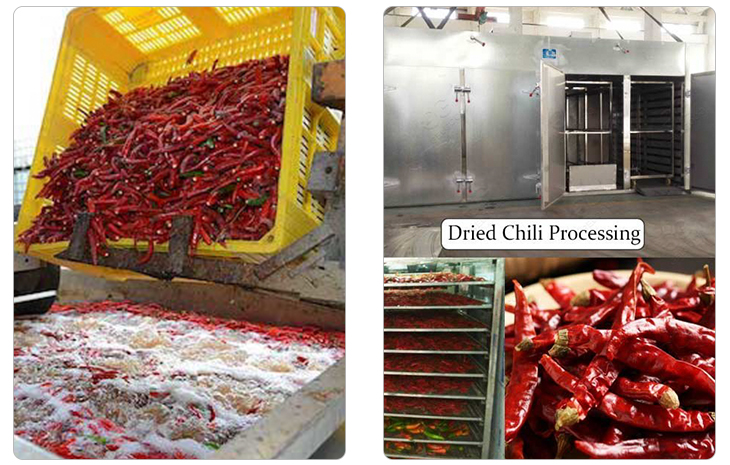What Is The Best Way To Wash Peppers In Factory
Peppers are a staple in many cuisines around the world, adding flavor, color, and nutrition to a wide variety of dishes. In a factory setting, ensuring the cleanliness and safety of peppers is paramount to produce high-quality products. Proper washing techniques play a crucial role in achieving this goal. In this blog, we will explore the best practices for washing peppers in a factory, combining efficiency with hygiene to deliver top-notch products.
Sorting and Preparing Peppers:
Before washing, it is essential to sort and prepare peppers. Remove any damaged or spoiled peppers to prevent contamination during the washing process. This initial step contributes significantly to maintaining the overall quality of the final product.
Choosing the Right Washing Equipment:
Selecting appropriate chili washing machine is key to achieving effective and efficient cleaning. Conveyor belt washers and high-pressure washers are commonly used in factory settings. Ensure that the equipment is designed to handle the specific characteristics of peppers without causing damage.
Water Quality and Temperature:
The quality of water used in the washing process is critical. Use clean, potable water to avoid introducing contaminants. Additionally, consider the water temperature – lukewarm water is often optimal, as it helps to remove dirt and residues without compromising the integrity of the peppers.
Gentle Agitation and Tumbling:
Implement gentle agitation and tumbling mechanisms in the washing equipment. This aids in dislodging dirt, debris, and pesticide residues from the peppers’ surface. Striking a balance between effective cleaning and preventing damage to the peppers is crucial.
Introduction of Safe and Approved Cleaning Agents:
In some cases, adding FDA-approved cleaning agents can enhance the washing process. Ensure that any chemicals used are safe for human consumption and comply with regulatory standards. Thoroughly rinse peppers after using cleaning agents to remove any residues.
Final Rinse and Drainage:
The final rinse is a critical step in removing any remaining cleaning agents and debris. A well-designed drainage system ensures that excess water is efficiently removed, preventing the growth of bacteria and fungi. Adequate drainage also contributes to the preservation of the peppers’ quality during storage and transportation.
Regular Maintenance and Cleaning of Equipment:
To guarantee consistent and reliable washing performance, regular maintenance of washing equipment is essential. Regularly inspect and clean conveyor belts, nozzles, and other components to prevent the buildup of residues that may compromise hygiene.
Implementing Quality Control Measures:
Incorporate quality control measures throughout the washing process. Periodic checks should be conducted to ensure that the washing equipment is functioning correctly and that the peppers meet the desired cleanliness standards.
Conclusion:
In conclusion, achieving the best way to wash peppers in a factory involves a combination of meticulous processes, proper equipment, and adherence to regulatory standards. By implementing these best practices, manufacturers can ensure that their peppers are not only clean and safe for consumption but also of the highest quality, meeting the expectations of both consumers and industry standards.




